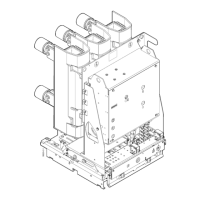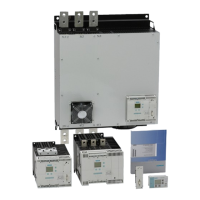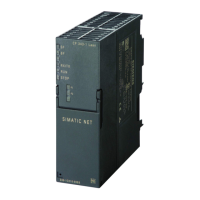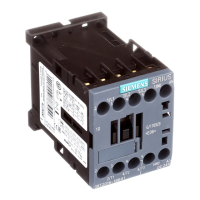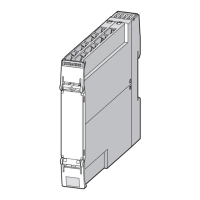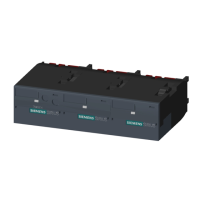CMR firmware – all versions
Prior to this communication was not encrypted. Backward compatibility is maintained so that, for
example, current versions of RCUConnect can communicate with RCU with firmware prior to v112.
3.9 RCU Power Supply
The RCU can be powered from either a mains supply or a solar panel supply and incorporates a
battery for standby backup purposes when the supply is absent. Refer to the technical data on page
91 for specification of voltage ranges, power consumption etc.
3.9.1 Mains Supply
Electrical hazard – Danger to life!
This is connected into the terminal compartment to a dedicated set of terminals. There is a voltage
selector switch to select between AC: 115V and 230V supplies and a fuse. Optionally the incoming
supply can be connected via a Power Supply Isolation Unit, see section on Power Supply Isolation
Unit.
Refer to page 44 onwards for safe installation practices.
3.9.2 Solar Supply
Where an LV mains supply is not available Siemens has a solar panel option to provide charge to
the batteries. The solar panel is sized to provide adequate charge for energy efficient radios and
modems in environments where it does not snow, and at latitudes less than 45
O
. The panel angle
can be adjusted between two settings to optimise performance for given latitudes. The solar panel
must be mounted on the same power pole as the RCU, refer installation details on page 41.
The solar panel is connected into the terminal compartment to a dedicated set of terminals as an
alternative to the mains supply. Siemens Service Centre can assist with determining the correct
power rating of solar panels or a suitable solar panel can be supplied by Siemens.
The RCU monitors the solar supply in two ways:
1 The RCU checks that each day there is some voltage from the solar panel (even on the
most overcast day the solar panel will have some output). This will detect a solar panel
that has been disconnected or failed.
2 If there is insufficient sunlight during the day the solar panel may not be able to fully
recharge the battery on that day, this is not a problem since the battery will usually have
sufficient power stored to operate during periods of low sunlight. However, over a period
of days it is expected that the panel will fully charge the battery. Accordingly, the RCU
checks that the solar supply has been able to fully recharge the battery within a specified
number of days and if not, this indicates that either the panel is degraded in some way
(for example covered in leaves or dust) or there has been an exceptional run of bad
weather. The maximum time period for full recharge is set in the RCU configuration, refer
page 96.
If either of these conditions occurs, then a solar panel problem database point (DPID_4) is set and
is available for transmission via the SCADA system.
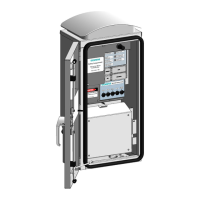
